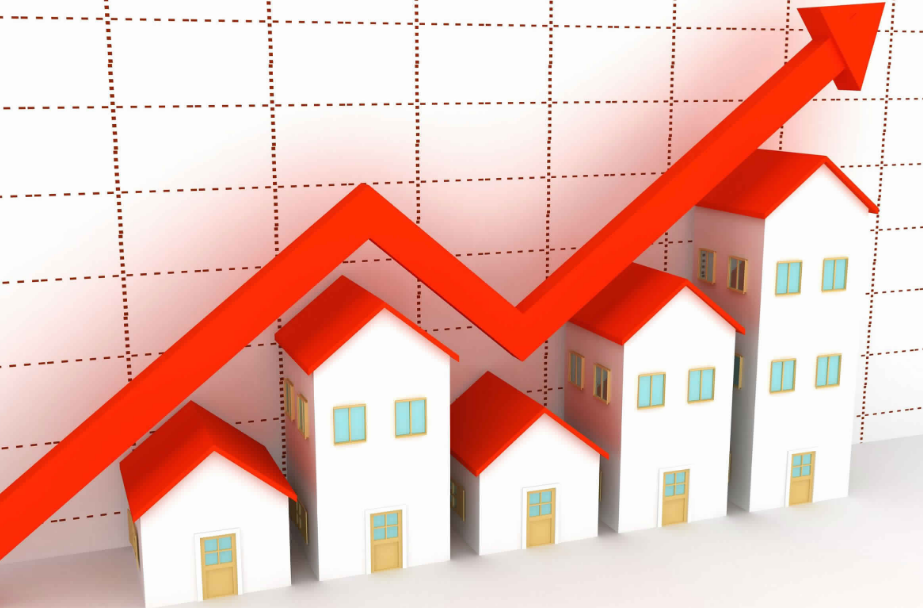How Real Estate Market in India is Evolving?
By Abhay Shah, Realty Quarter

The real estate industry is one of the world’s leading sectors. The property sector comprises four sub-sectors-housing, retail, hospitality and commercial. Increased business environment and demand for office space and urban and semi-urban accommodations are well complemented by the growth of this sector. In terms of the direct, indirect and induced effects in all sectors of the economy, the construction industry is third amongst the 14 major sectors.
More non-resident Indian (NRI) investments are also expected to be made in this sector in both the short and the long-term. Bengaluru, followed by Ahmedabad, Pune, Chennai, Goa, Delhi and Dehradun, will be the most favoured investment destination for NRIs.
Market Size:
The Indian real estate sector is expected to reach 1 trillion USD by 2030 from 120 billion USD in 2017, and 13% of its GDP will be provided in by 2025. The supply of the much-needed infrastructure to the growing needs of India also increases significantly in retail, hospitality, and commercial properties.
In recent times, demand for offices has risen in industries such as IT and ITeS, retail, consulting and e-commerce. Commercial office stocks in India are expected to cross 600 million square feet by the end of 2018. Office leasing is expected to cross 100 million square feet in the top eight cities between 2018–20. The absorption of Gross Office in the top Indian cities increased from Jan to September 2018 by 26% to 36,4 million square feet year-on-year.
In 2018 (up to September) the Co-Working space spread to the top seven cities has increased up to 3.44 million square feet, compared with 1.11 million square feet in 2017.
Development:
In recent times, the Indian real estate industry has experienced high growth due to increasing demand for both residential and office space. Between January-March 2019, private equity and venture capital investments in the sector amounted to US$ 1.47 billion. The Indian construction development sector received Foreign Direct Investment (FDI) equity inflows of US$25.04 billion in April 2000 to March 2019, in line with data released by the Department of Industrial Policy and Promotion (DIPP).
In this industry there are some of the greatest investments and developments which are as follows:
- New housing launches across the top seven cities in India are expected to increase 32 per cent year-on-year by 2018 end to 193,600 units.
- In September 2018, Embassy Office Parks announced that it would raise around Rs 52 billion (US$ 775.66 million) through India’s first Real Estate Investment Trust (REIT) listing.
- New housing launches across the top seven cities in India increased by 50 per cent quarter-on-quarter in April-June 2018.
- In May 2018, Blackstone Group acquired One Indiabulls in Chennai from Indiabulls Real Estate for around Rs 900 crore (US$ 136.9 million).
- In February 2018, DLF bought 11.76 acres of land for Rs 15 billion (US$ 231.7 million) for its expansion in Gurugram, Haryana.
Projects Undertaken by Government:
The Government of India has taken several initiatives to encourage development in the sector, along with the governments of their respective states. The Smart City Project is a prime chance for real estate companies, where there is a plan to build 100 smart cities. Below are some of the other major initiatives done by the government:
- Under the Pradhan Mantri Awas Yojana (PMAY) Urban, more than 8.09 million houses have been sanctioned up to May 2019.
- In February 2018, creation of National Urban Housing Fund has approved with an outlay of Rs 60,000 crore (US$ 9.27 billion).
- Under the Pradhan Mantri Awas Yojana (PMAY) Urban 1,427,486 houses have been sanctioned in 2017-18. In March 2018, construction of additional 3,21,567 affordable houses was sanctioned under the scheme.
The FDI’s growing flow towards Indian property encourages greater transparency. Developers have revised their management and accounting systems to meet due diligence standards in order to attract funding.



















































































